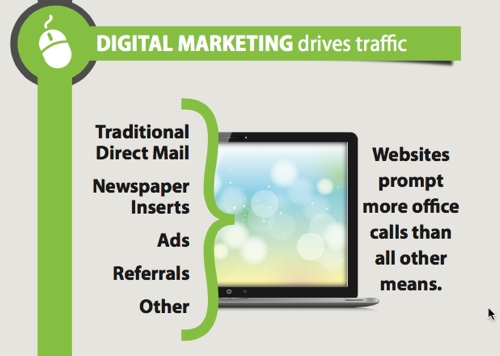Enhancing Discovering: Resolving Auditory Handling Issues In Dyslexia
Enhancing Discovering: Resolving Auditory Handling Issues In Dyslexia
Blog Article
Write-Up Author-Bock Sykes
When you take into consideration the challenges that dyslexic learners face, it's clear that acoustic processing problems frequently play a considerable role. You may wonder how tailored techniques can bridge the gap in between acoustic instructions and understanding. By incorporating visual help and breaking tasks right into convenient steps, you could boost emphasis and understanding. However, the remedies do not quit there. What other techniques can develop a really helpful learning setting that cultivates success and confidence?
Comprehending Dyslexia and Auditory Handling
Dyslexia influences about 1 in 5 people, making it one of the most usual learning disabilities. If you're navigating dyslexia, you may locate that it does not just influence analysis and writing; it can likewise impact just how you process acoustic details.
Auditory handling refers to how your mind interprets noises, consisting of language. When you deal with this, it can bring about obstacles in understanding talked guidelines and complying with conversations.
You may discover that you frequently misinterpret what you listen to or that it takes much longer for you to react in discussions. This isn't a reflection of your intelligence; it's a particular problem pertaining to processing auditory signals.
Understanding this link is critical since it aids clear up why you may master visual tasks while encountering hurdles in tasks that rely on auditory understanding.
Identifying these challenges can encourage you. By understanding the ins and outs of dyslexia and auditory processing, you can much better support for your needs, whether in educational settings or social situations.
It's important to acknowledge these issues so you can look for the appropriate support and strategies in the future.
Reliable Techniques for Support
Browsing the obstacles of auditory processing can feel frustrating, however there work methods that can assist you grow.
By executing these strategies, you can boost your learning experience and boost your ability to procedure auditory details.
- ** Utilize visual help **: Matching auditory instructions with aesthetic assistances, like graphes or diagrams, can considerably improve understanding.
- ** visit the next web page into smaller actions **: Simplifying instructions right into workable chunks enables you to concentrate and process information more effectively.
- ** Practice energetic listening **: Engage in workouts that urge you to listen diligently, such as summarizing what you've listened to or asking inquiries for clarification.
- ** Include innovation **: Make use of apps or software program created to help with acoustic handling, such as speech-to-text devices or audiobooks, to strengthen understanding.
Creating Helpful Discovering Environments
Producing an encouraging discovering atmosphere is vital for aiding individuals with acoustic processing challenges are successful. Beginning by reducing disturbances in your classroom or learning area. Use acoustic panels or soft furnishings to absorb noise, which can help trainees concentrate far better. Guarantee seating arrangements enable clear sightlines to the teacher and any aesthetic aids.
Next, incorporate clear and concise communication. Talk gradually and utilize basic language, checking for understanding often. Urge pupils to ask questions if they're unsure. Aesthetic help like graphes, diagrams, and written instructions can boost comprehension and retention.
Additionally, promote a society of perseverance and understanding amongst peers. Instruct pupils concerning acoustic processing concerns, promoting compassion and assistance. visit the up coming internet site can be useful; simply guarantee that duties are clear which pupils collaborate to sustain each other.
Lastly, supply regular comments. Celebrate progress and success, despite how tiny. This support builds self-confidence and reinforces the idea that learning is a trip.
Conclusion
In your trip to boost learning for individuals with dyslexia, think of each strategy as a stepping stone throughout a river. By weaving with each other acoustic and aesthetic aids, breaking tasks into bite-sized items, and supporting an encouraging setting, you help develop a bridge to understanding. Keep in mind, promoting compassion among peers and engaging households can light the course to success. With patience and commitment, you'll equip learners to soar above difficulties, transforming their battles right into staminas.
